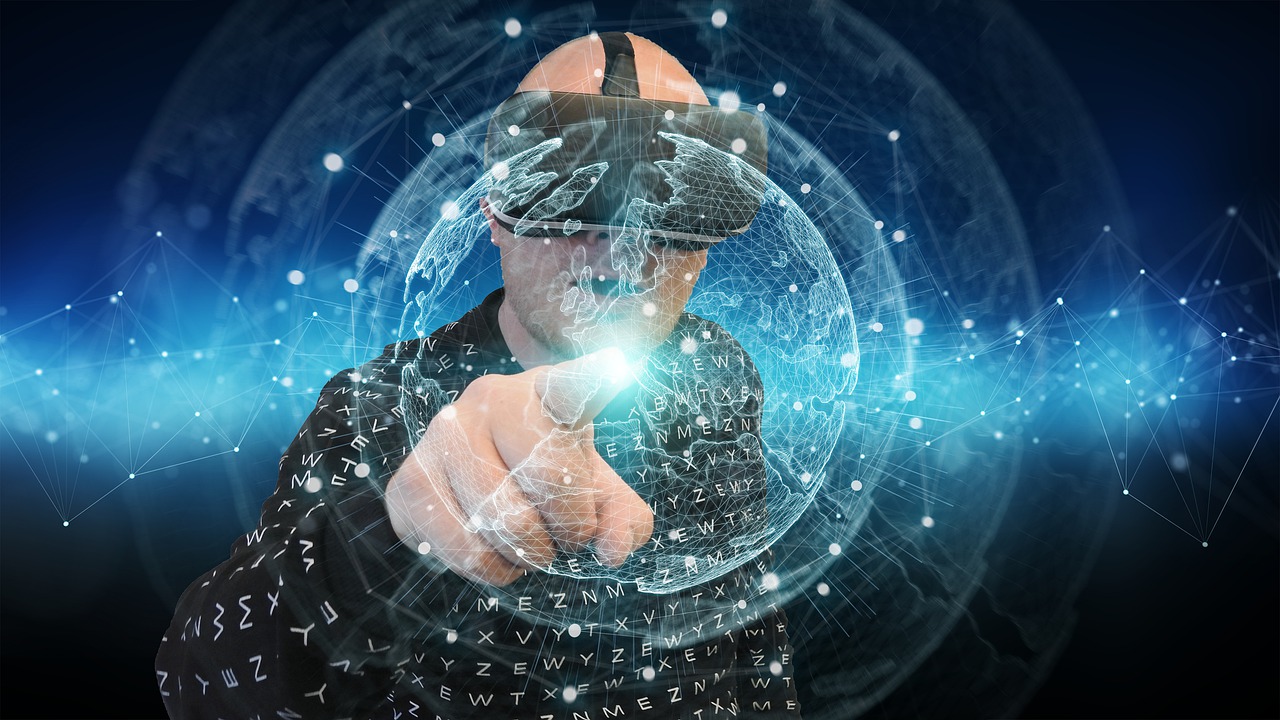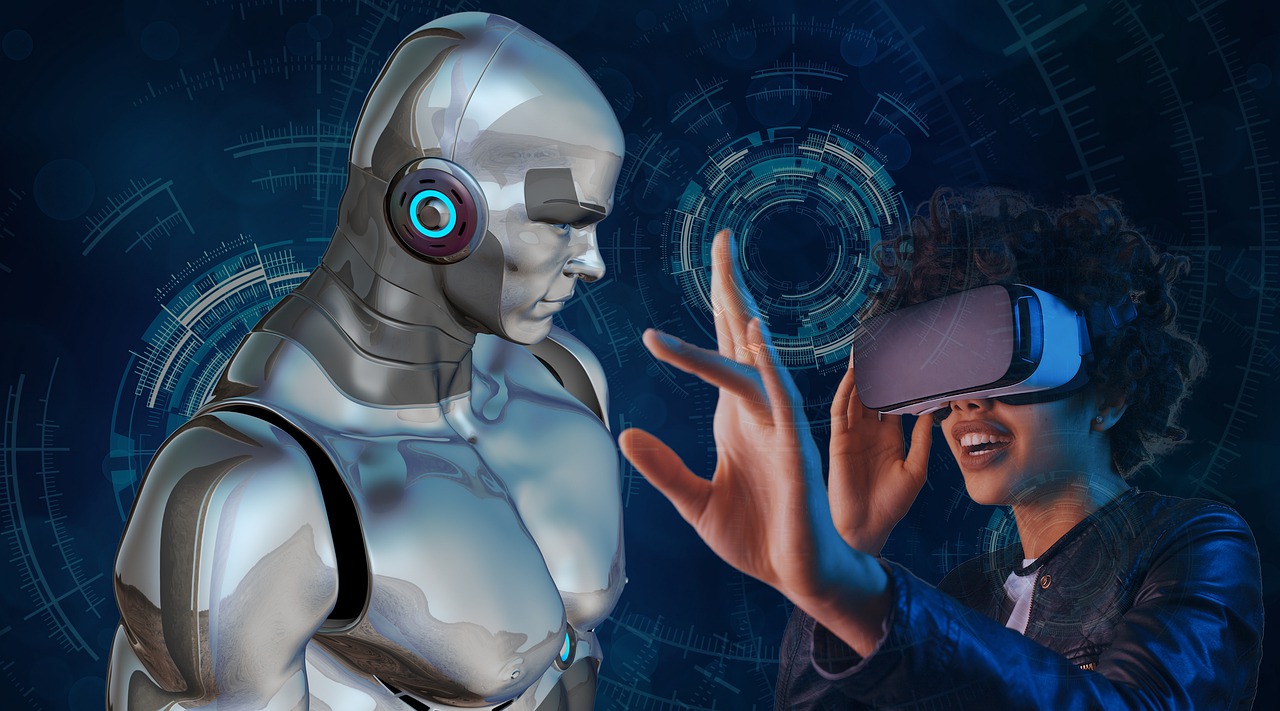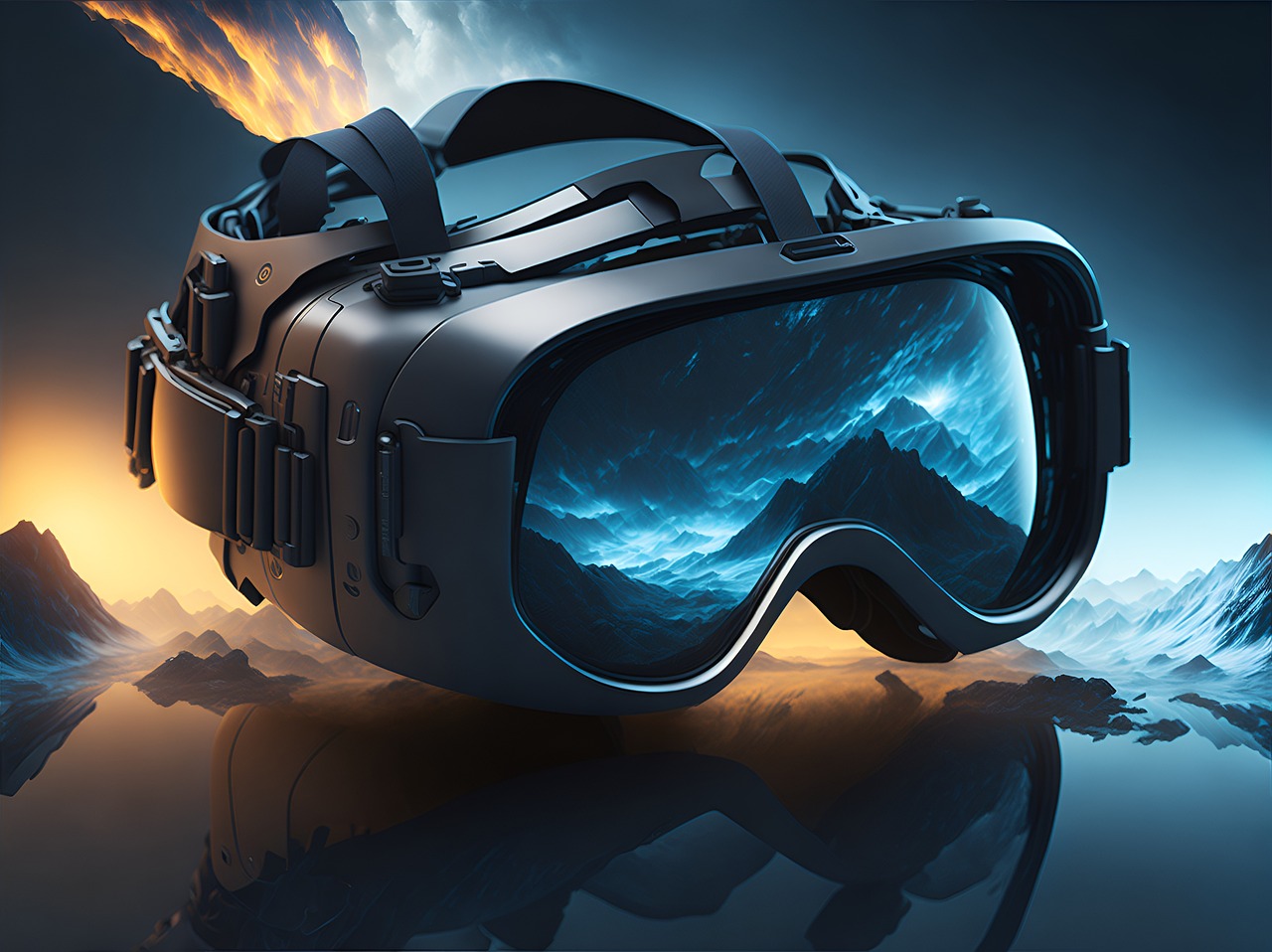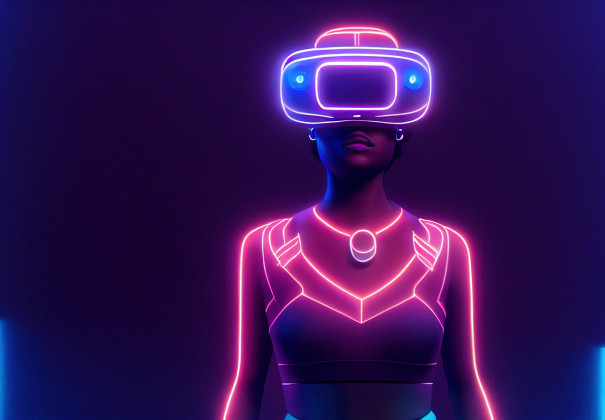
Step into a world where the boundaries between work and play are blurred, and virtual reality becomes your gateway to endless possibilities.
In the age of advancing technology, 3D virtual environments are revolutionizing the way we live, work, and connect.
From immersive gaming experiences to cutting-edge workplace collaboration, these digital realms have the power to unlock a world of untapped potential. In this article, we delve deep into the impact of 3D virtual environments on various aspects of our lives. We explore how these virtual spaces are reshaping traditional work practices, allowing teams to collaborate seamlessly across continents and harnessing the power of imagination to design new realities. We uncover the ways in which gamers are pushing the boundaries of entertainment, entering lifelike worlds where they can interact and compete with fellow players like never before. But it doesn't stop there. We also delve into the rich possibilities of 3D virtual environments beyond work and play.

From virtual tourism to therapeutic experiences, these immersive spaces have the potential to transform the way we experience the world around us. Join us on this exciting journey as we unlock the potential of 3D virtual environments and discover how they are shaping our future.
Unlocking the Potential: Exploring the Impact of 3D Virtual Environments on Work, Play, and Everything in Between
Step into a world where the boundaries between work and play are blurred, and virtual reality becomes your gateway to endless possibilities. In the age of advancing technology, 3D virtual environments are revolutionizing the way we live, work, and connect. From immersive gaming experiences to cutting-edge workplace collaboration, these digital realms have the power to unlock a world of untapped potential.
In this article, we delve deep into the impact of 3D virtual environments on various aspects of our lives. We explore how these virtual spaces are reshaping traditional work practices, allowing teams to collaborate seamlessly across continents and harnessing the power of imagination to design new realities.

We uncover the ways in which gamers are pushing the boundaries of entertainment, entering lifelike worlds where they can interact and compete with fellow players like never before.
But it doesn't stop there. We also delve into the rich possibilities of 3D virtual environments beyond work and play. From virtual tourism to therapeutic experiences, these immersive spaces have the potential to transform the way we experience the world around us.
The Impact of 3D Virtual Environments on Work Productivity
In today's fast-paced and interconnected world, businesses are constantly searching for ways to enhance productivity and streamline their operations. Enter 3D virtual environments. These digital realms offer a whole new way of working, where the limitations of physical distance and time zones become a thing of the past.
In a 3D virtual environment, teams can collaborate seamlessly, regardless of their geographical location.

Meetings and brainstorming sessions take place in lifelike settings, where participants can interact with each other and with virtual objects. This fosters creativity, innovation, and a sense of presence that is often lacking in traditional video conferencing.
Moreover, 3D virtual environments offer the opportunity to design and simulate complex scenarios, enabling organizations to test and refine their ideas before implementing them in the real world. This not only saves time and resources but also mitigates risks associated with trial and error.
In summary, the impact of 3D virtual environments on work productivity is immense. By breaking down barriers and enabling seamless collaboration, these digital realms unlock a new level of efficiency and innovation in the workplace.
Enhancing Communication and Collaboration in 3D Virtual Environments
Communication lies at the heart of every successful collaboration, and 3D virtual environments take it to a whole new level.

In these immersive spaces, communication becomes more than just words on a screen or a voice over a call; it becomes embodied and interactive.
Through avatars, individuals can represent themselves in the virtual world, enabling a sense of presence and identity. This allows for non-verbal cues, such as gestures and facial expressions, to be conveyed, enhancing the richness and depth of communication. In a 3D virtual environment, you can see your colleague's smile or frown, which adds a whole new layer of understanding and empathy.
Collaboration in 3D virtual environments goes beyond traditional text-based or audio-only interactions. Teams can engage in real-time, spatially-aware collaboration, where they can manipulate objects, brainstorm ideas on virtual whiteboards, and even simulate physical experiments. This level of interactivity fosters a sense of co-presence and shared experience, making collaboration more engaging and effective.
In conclusion, 3D virtual environments enhance communication and collaboration by enabling embodied interactions and spatial awareness.

By harnessing the power of avatars and immersive technology, these digital realms bring teams closer together, regardless of physical distance.
The Role of 3D Virtual Environments in Education and Training
Education and training are areas where 3D virtual environments have tremendous potential. Traditional classrooms and training environments often struggle to engage learners and provide hands-on experiences. However, with 3D virtual environments, education becomes immersive, interactive, and experiential.
Imagine studying the solar system by exploring it firsthand, or understanding complex scientific concepts by conducting virtual experiments. With 3D virtual environments, learners can step into virtual simulations and gain a deeper understanding of the subject matter. This not only makes learning more engaging but also allows for personalized and adaptive learning experiences.
Similarly, training in 3D virtual environments opens up new possibilities. From flight simulations for pilots to surgical simulations for medical professionals, these immersive environments offer a safe and cost-effective way to practice complex skills.

Trainees can make mistakes and learn from them without any real-world consequences.
In summary, 3D virtual environments have the potential to revolutionize education and training by providing immersive and experiential learning experiences. By enabling learners to step into virtual worlds, these digital realms enhance understanding and retention of knowledge.br/>
Exploring the Entertainment Possibilities of 3D Virtual Environments
Entertainment has always been at the forefront of technological advancements, and 3D virtual environments are no exception. In fact, these digital realms offer a whole new level of immersion and interactivity, taking entertainment to unprecedented heights.
Gaming, in particular, has been greatly transformed by 3D virtual environments. Players can now enter lifelike worlds where they can interact with virtual objects, explore vast landscapes, and engage in thrilling adventures. Multiplayer games allow for real-time competition and collaboration, bringing players from around the world together in a shared virtual space.

But it's not just gaming that benefits from 3D virtual environments. Virtual concerts, art galleries, and theaters are becoming increasingly popular, offering unique and immersive experiences to audiences. The possibilities are endless, limited only by the imagination of content creators.
In conclusion, 3D virtual environments have revolutionized the entertainment industry by providing immersive and interactive experiences. From gaming to virtual concerts, these digital realms offer a whole new way to engage and entertain audiences.
The Potential for Virtual Tourism in 3D Virtual Environments
Traveling to far-off destinations has always been a dream for many, but it's not always feasible. Enter virtual tourism, a concept made possible by 3D virtual environments. With these digital realms, you can explore the wonders of the world from the comfort of your own home.
Virtual tourism allows you to visit famous landmarks, historical sites, and natural wonders through lifelike simulations.

You can walk the streets of ancient cities, dive into the depths of the ocean, or even take a virtual safari. The level of realism and interactivity in these virtual experiences is truly astonishing.
But virtual tourism is more than just sightseeing. It also offers the opportunity to learn about different cultures, interact with locals, and gain a deeper understanding of the destinations. It's a way to broaden your horizons and experience the world in a whole new way.
In summary, virtual tourism in 3D virtual environments opens up a world of possibilities for exploration and cultural immersion. It allows you to travel without boundaries and experience the wonders of the world from the comfort of your own home.
Conclusion
As we've explored in this article, the impact of 3D virtual environments is far-reaching and transformative.
From enhancing work productivity and communication to revolutionizing education, entertainment, and tourism, these digital realms have unlocked a world of untapped potential.
The boundaries between work and play are no longer rigid, and the possibilities are endless. 3D virtual environments have the power to reshape the way we live, work, and connect. They have the ability to transport us to new realities and allow us to experience the world in ways we never thought possible.
The future of 3D virtual environments is bright, and it's up to us to embrace the possibilities and unlock their full potential. So, step into the virtual realm and discover a world where the only limit is your imagination.
 Add Row
Add Row  Add
Add 




Write A Comment